
Get your FREE 30-day trial.
Please complete all fields.
A year and a half ago, we launched the Marketing Cloudcast, the marketing podcast from Salesforce. My professional background is in writing, editing, presenting, and content marketing, but before producing and co-hosting this show, I had never before podcasted.
Heck, I'd never even been a guest on anyone else's podcast.
So you might be surprised to learn that we went from "wow, we don't know how any of this works" to award-winning show in less than a year. That's right: The Cloudcast was fortunate to win the Content Marketing Institute's award for Best Podcast in 2016, despite only having been in existence for about ten months when we won.
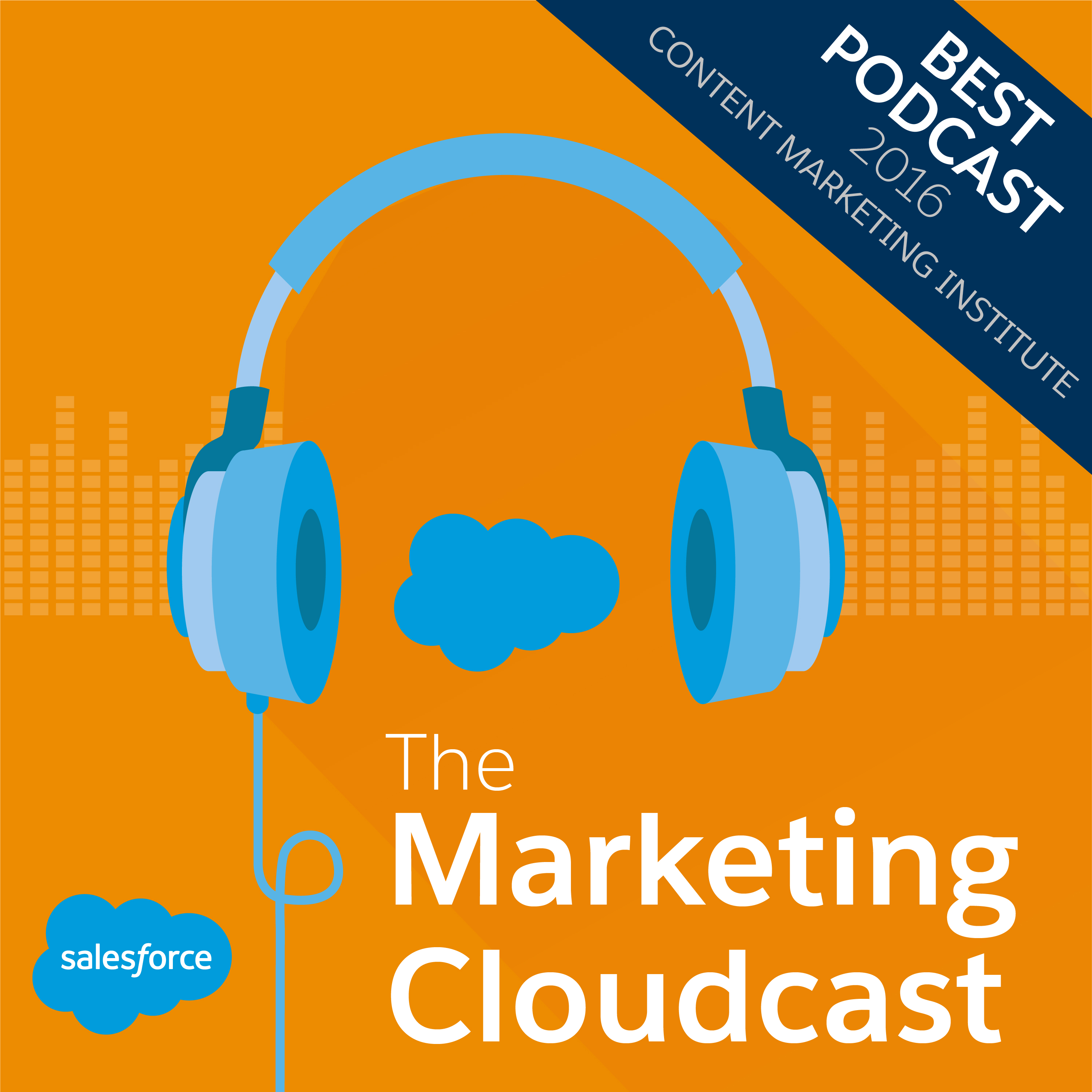
Producing this show for 70+ episodes has been a labor of love alongside my co-host, Joel Book. In that time, I've learned a lot about what makes a successful podcast — and a lot about what not to do, too.
And also in that time, I've discovered that tons of you — my marketing peers — are interested in podcasting. So many, in fact, that I started getting several meeting requests a week from fellow marketers who wanted to know how to kick off their own podcast.
Of course, I'm always happy to geek out about podcasting. But in true content marketing fashion, where I see questions, I see the opportunity for a blog post. So I'm presenting my three-part series on podcasting:
Stay tuned to the Salesforce blog for the remaining posts in this series. For now, it's all about the backstory to your show.

So you want to start a podcast.
Podcasting has a special knack for reaching audiences with great stories in a conversational, mobile, and bingeable way — and the medium is only getting bigger. Consider the following (stats via the Infinite Dial 2016 report from Edison Research):
1. Podcast listening grew 23% between 2015 and 2016.
2. The same number of Americans listen to podcasts as use Twitter: 21%.
3. Sixty-four percent of podcasts are consumed on a mobile device or tablet, proving podcasting is an ideal way to market through mobile.
4. Those who consume podcasts on a weekly basis listened to an average of five podcasts per week. People who love podcasts REALLY love them.
5. Tom Webster from Edison says, “Mobile is really the first screen now” — and podcasting plays right into that. I’ve never listened to a podcast on my laptop.
6. Another huge trend Edison notes is the rise of “bingeable” content, like Netflix and podcasts. I know when I get into a new podcast, I binge-listen to 4-5 episodes at a time.
So if your passion is content marketing, and you have a hunch that this content format fits perfectly with your audience and objectives, maybe you're ready to invest the time.
The good news: You don’t have to be Sarah Koenig or Ira Glass to get real success with podcasting. But you do need a strategy, respect for your audience’s time, and the willingness to do the work. Now let's look at how to develop that winning strategy.
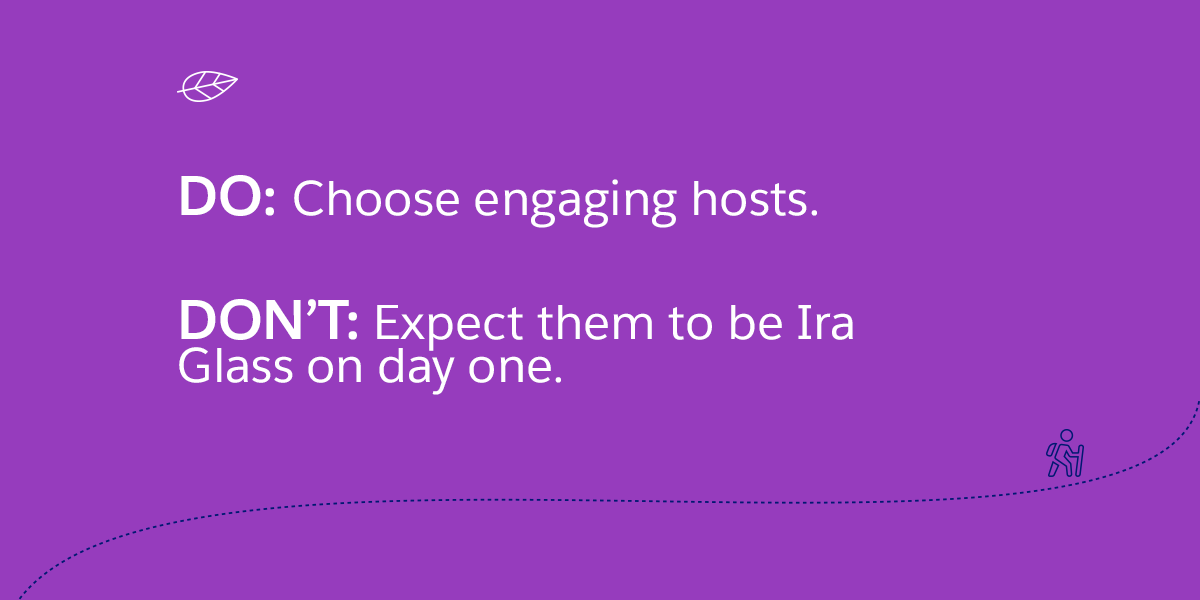
If you’re looking to start your own podcast, it's important to think through your answers to these podcast strategy questions. I recommend talking through each of them with everyone who will be a stakeholder on your show, and making sure you have detailed responses and total agreement from your team.
Who will listen to this podcast? How do you know those people listen to podcasts?
Is a competitor or other entity already doing a podcast on the same subject?
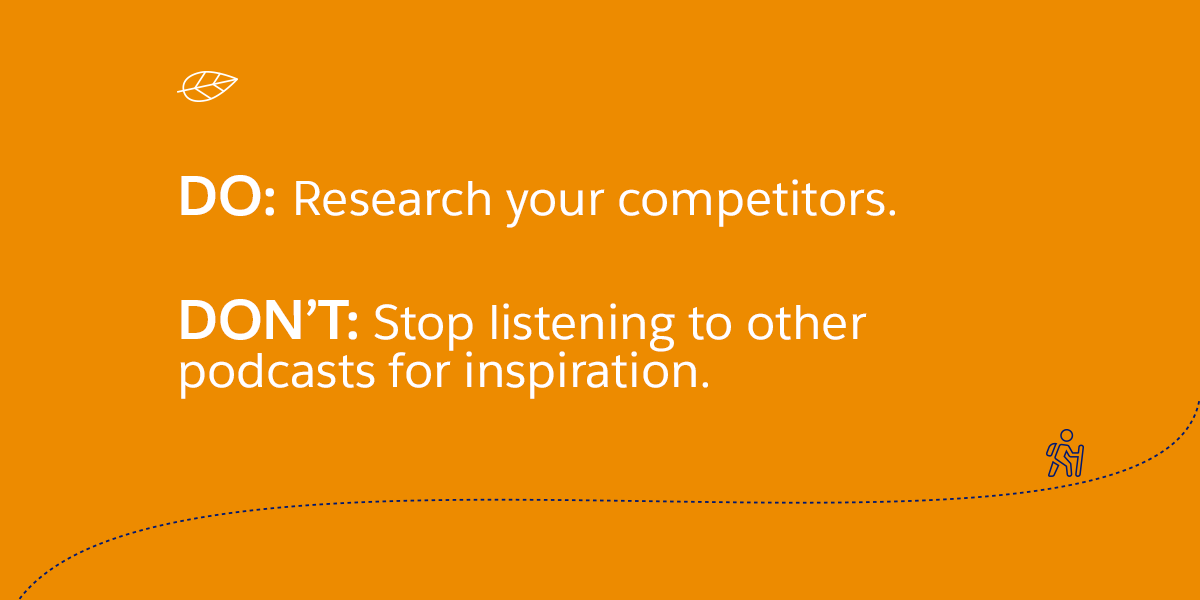
What will make your podcast better than the rest? What will make people subscribe week after week?
To build an audience, you need to produce an episode weekly for the first 3-4 months, and likely at least biweekly going forward. You should also create a launch blog post for every episode and other promotional assets. Producing a show requires time in writing, project management, scheduling, thematic brainstorming, and much more. Can you devote the time necessary?
A podcast is best for showcasing interesting personalities, stories, and topics that don’t require visuals. Perhaps a short-term audio series, video series, blog series, or other media are better-suited to your needs.
Good news: podcasting is relatively inexpensive. But it’s not free. You’ll need a hosting service like Libsyn ($20ish/month). You’ll want budget to buy original theme music and a voiceover to give your show an extra polish ($200ish). You may need audio editing services if you’re not a podcasting pro ($80-$200/episode). And you’ll definitely need solid equipment so the show can compete on sound quality (count on at least $300).
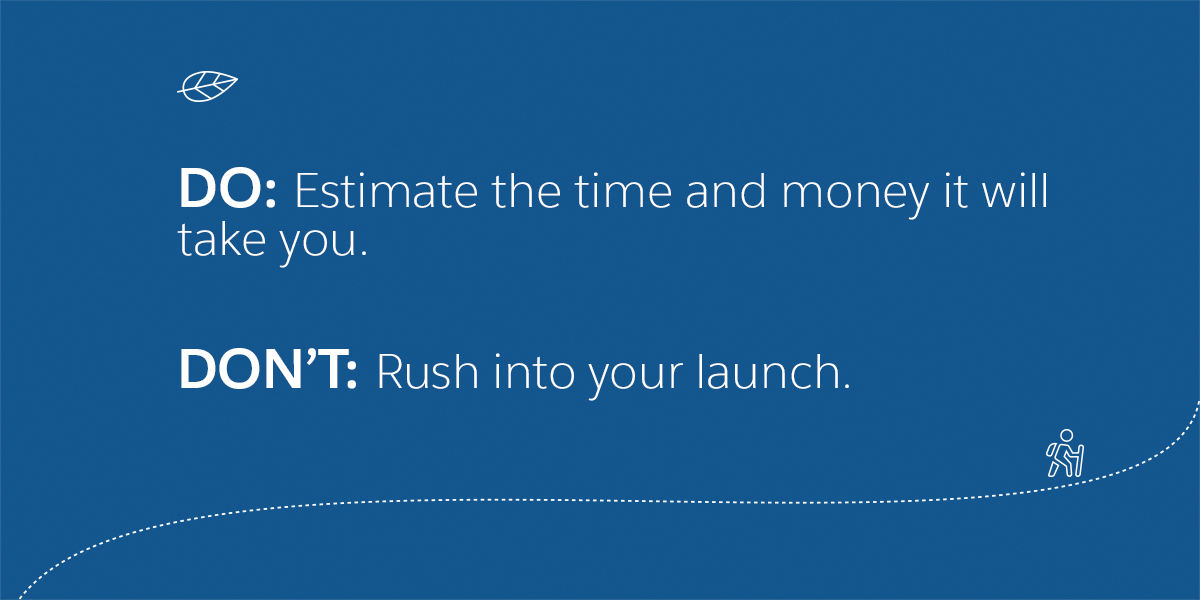
You might also want digital advertising, gifts for guests, and upgraded technology beyond what I've listed here.
Hosts must be engaging, able to think on their feet, and expert interviewers. They also must have the free time to schedule multiple hours of podcast interviewing every month.
How will you know if the investment is paying off? How frequently will you measure, and what are your KPIs? iTunes isn't particularly forthcoming with metrics on those who download, so you'll need to make sure you have other ways to track your success — and agreement from the rest of your marketing team on how you show progress.
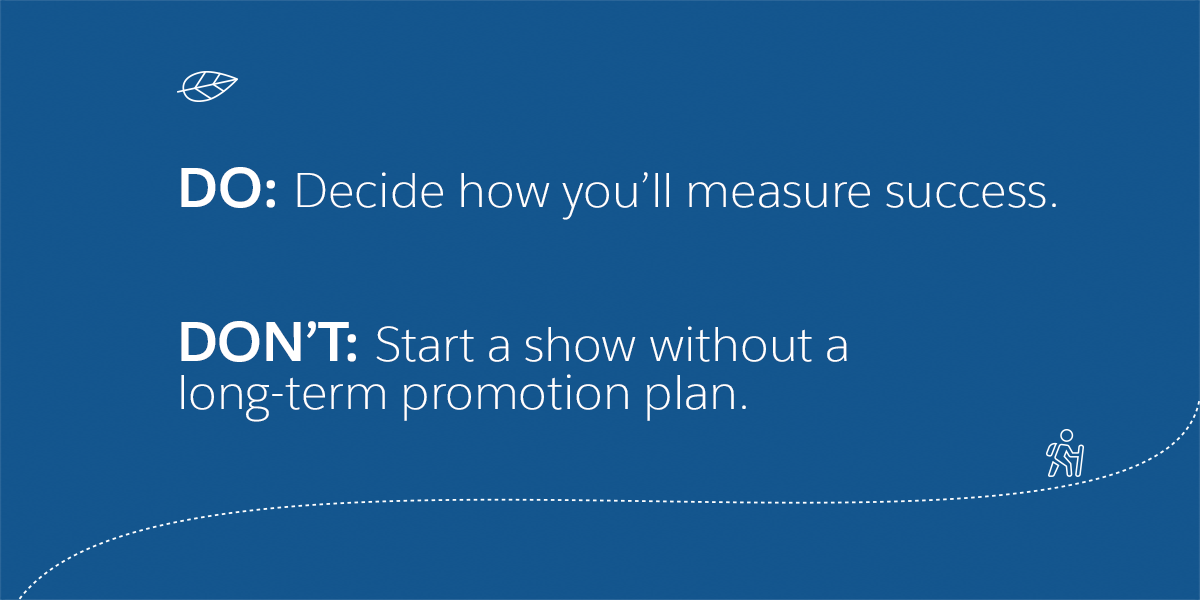
Ready to start podcasting?
Your big idea is just the beginning. Now let’s get logistical.
... And that's where Part 2 in the series comes in! Watch this space, and let me know (@youngheike on Twitter) if you have specific podcasting questions you'd like me to answer in my blog series.